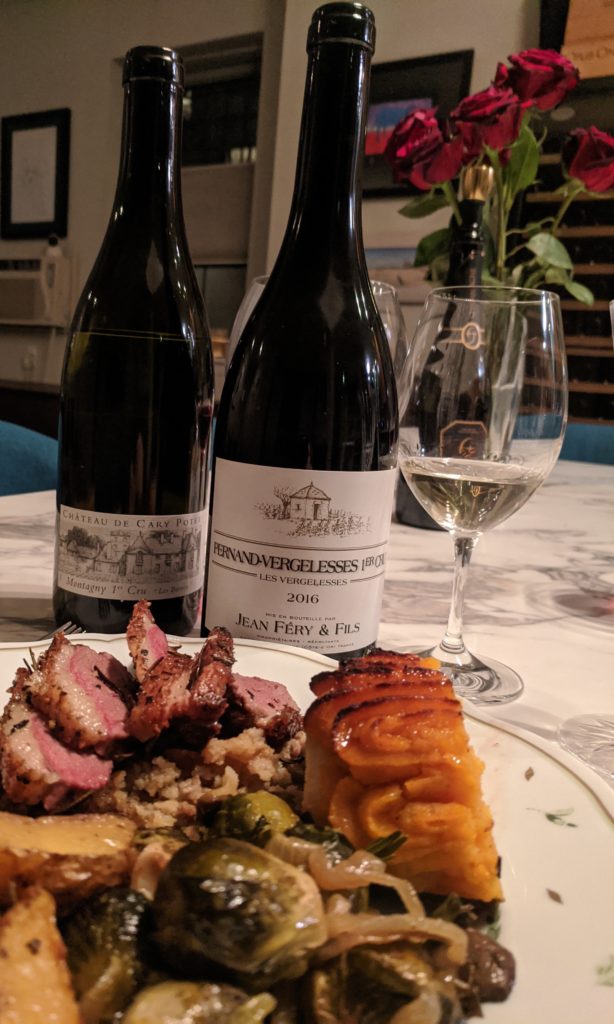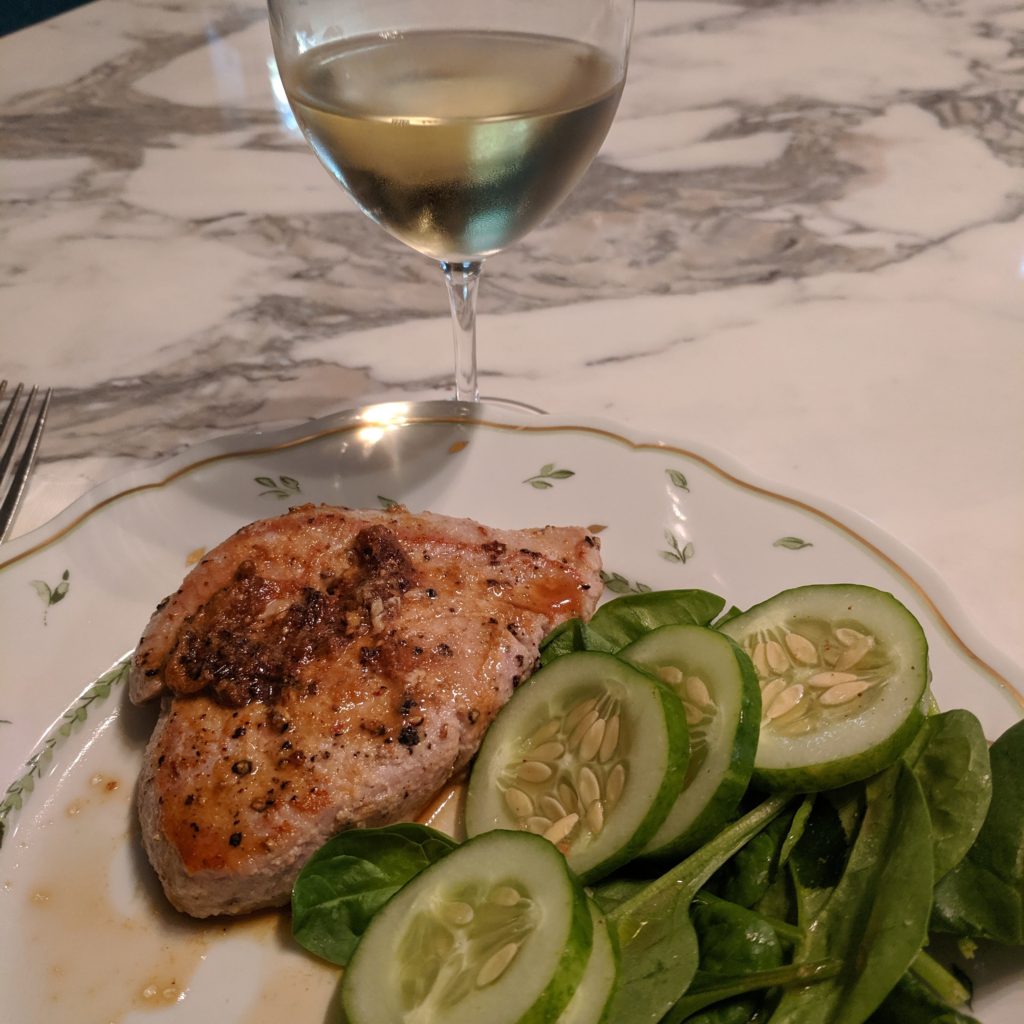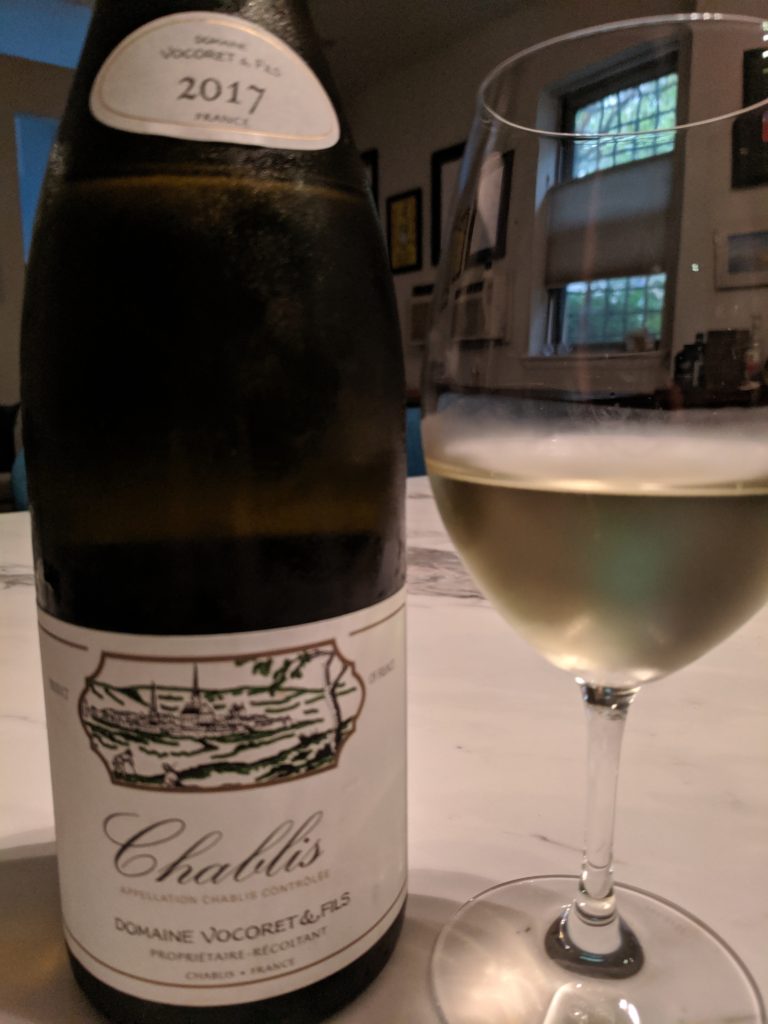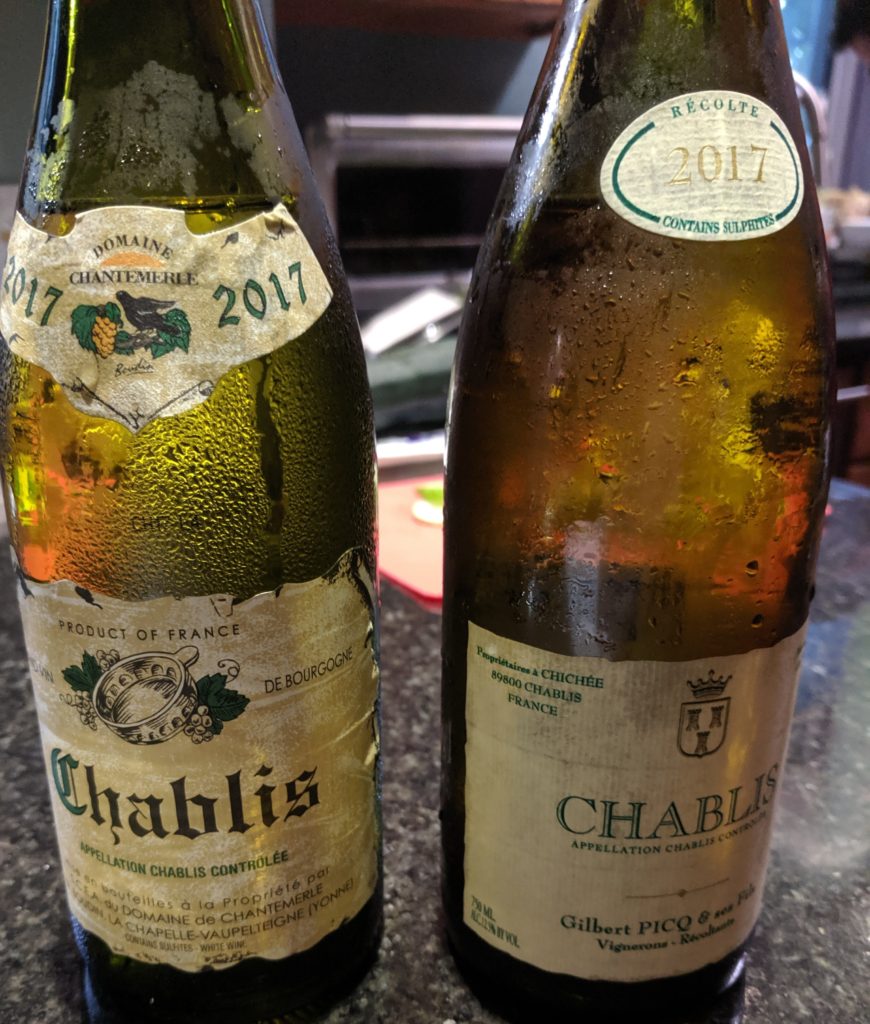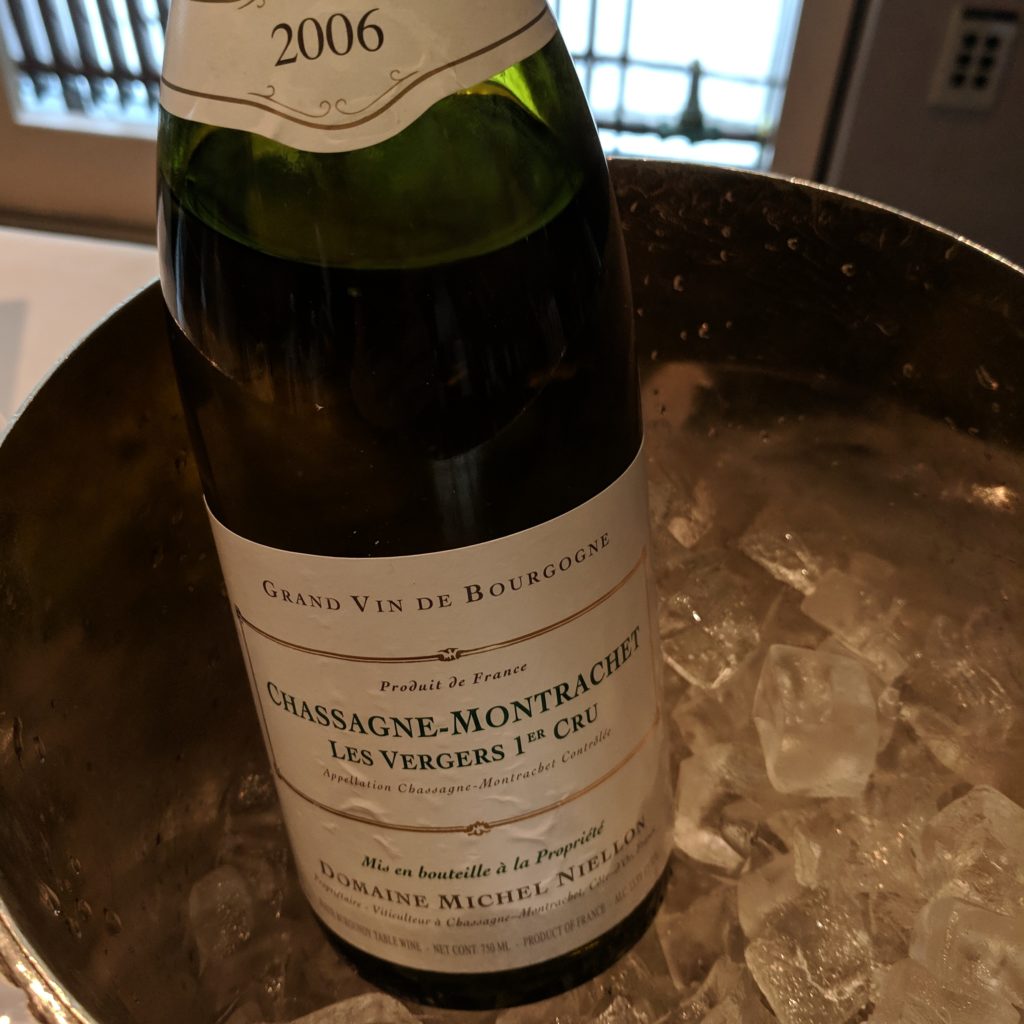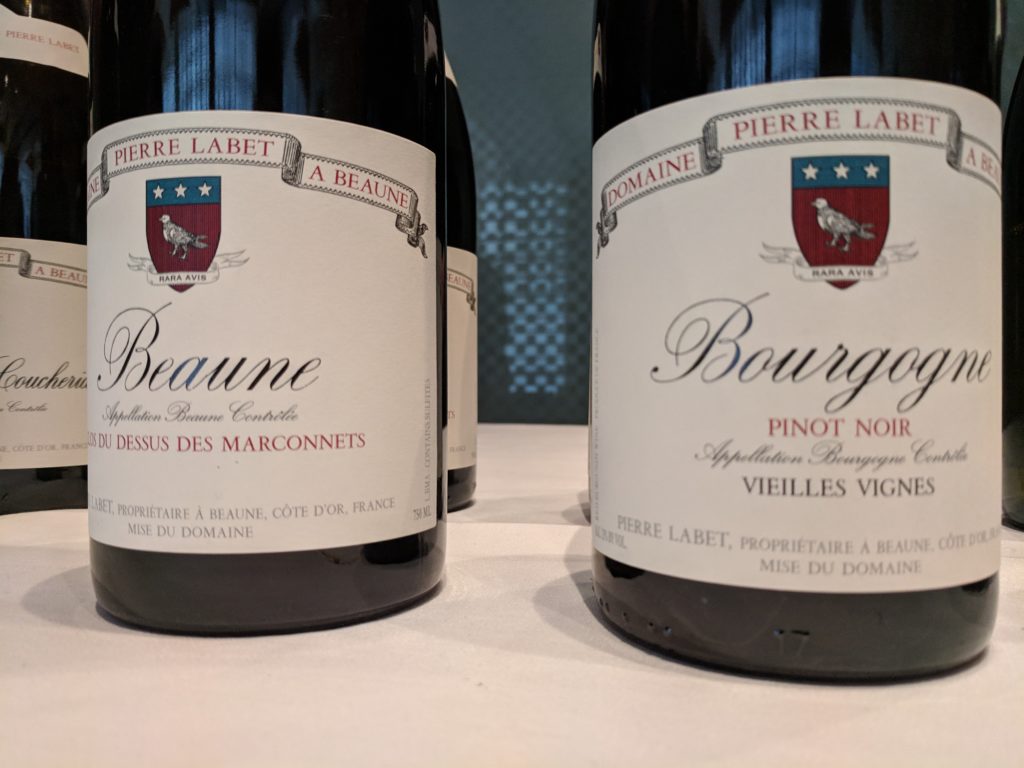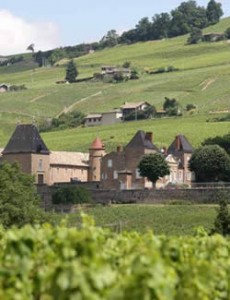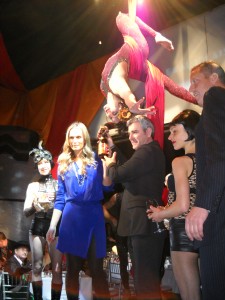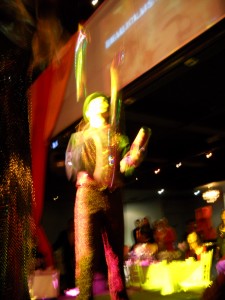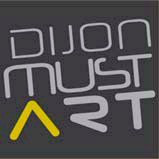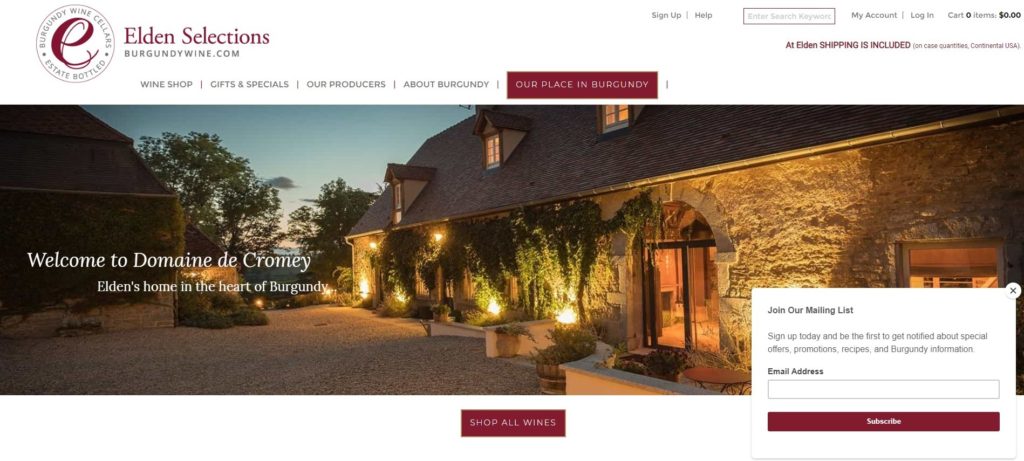
I recently taught a wine class for the IWAGY wine club in Poughkeepsie, NY titled, “Affordable Southern Burgundy: Great Wines that Won’t Break the Bank.” While the presentation was primarily designed to introduce the audience to the lesser-known Burgundian districts of the Macon and the Cote Chalonnaise, they were eager to know about affordability.
Why? Well, it should come as no surprise to ardent wine lovers that Burgundy is often price prohibitive. As Ethan Fixell wrote in “The Hidden (Affordable) Gems of Burgundy” (1/2/2018), “There’s no gentle way to put this: Burgundy has become stupidly expensive.” And, in his NY Times article, “The Value of Burgundy, Regardless of the Price,” (May 9, 2019), Eric Asimov reinforced this sentiment, saying, “Speaking generally, Burgundy is nowadays the most coveted wine on the planet.[,]” citing the small production capacity and further noting, “The prices of Burgundy have shot upward in the last 20 years, to the point where the best wines are far beyond the means of most people.”
Asimov’s claims are backed by numbers: a Grand Cru Vineyard in the Cote d’Or that was valued at 7 million Euros in 2008 had jumped to 14 million Euros in 2018. And regional vineyards, though much cheaper (70,500 Euros/ha in 2017) are still not a bargain.
These exorbitant real estate prices, coupled with scant quantities – Burgundy production accounts for only 8.6% of all French AOP (quality) wine, 4.1% of all French production overall and only 0.6% of world production – means that it is challenging to find reasonably priced wines from the region. (Source: Vins de Bourgogne)
Burgundy has been producing wine for centuries, with its vignerons honing their craft and truly understanding the nuances of the region’s soils, climate and vineyards. Principally planted to Chardonnay (51%) and Pinot Noir (41%), these wines have become the benchmark for all others of these varieties and, not surprisingly, are highly regarded and sought after.
Yet, despite the dire outlook on overall affordability, it is possible to find more reasonably priced Burgundian wines if you know where to look. One place to check out is online e-tailer, Elden Selections. Founded in 1992 by Eleanor Garvin and Dennis Sherman, expats who have lived and worked in Burgundy for over 30 years, Elden Selections is a direct-to-consumer wine store focused almost exclusively on Burgundy. As such, it is unique in the U.S. and, equally important, they provide a wide range of Burgundian bottles from various appellations and price points within the region.
Elden offers a large selection of “everyday Burgundy” under $40.00 featuring regional and village level wines as well as those from smaller, hard to find appellations such as Irancy. And, in keeping with their desire to satisfy wine-drinking consumers, not wine collectors, the top priced wine is $300; not cheap by any means, but definitely more palatable than the staggering $1,500 or more per bottle that some rare wines can fetch.
Moreover, the wines are sourced from small quantity, minimal-intervention, farmer-made producers, rather than stocking wines from the large negociants. Having lived in the region for years, Eleanor and Dennis have strong relationships with the producers, tasting the wines multiple times to ensure quality.
Further, their site is easy to navigate, packed with educational information about the wines and their producers and permits consumers to purchase as few as one or as many wines as they wish. Case orders are shipped free of charge. Plus, they tout a no-questions-asked return policy (though, to date, no one has exercised this option).
Now is a great time to pick up a mixed case of Burgundy wines to serve with holiday dinners or to give as gifts.
